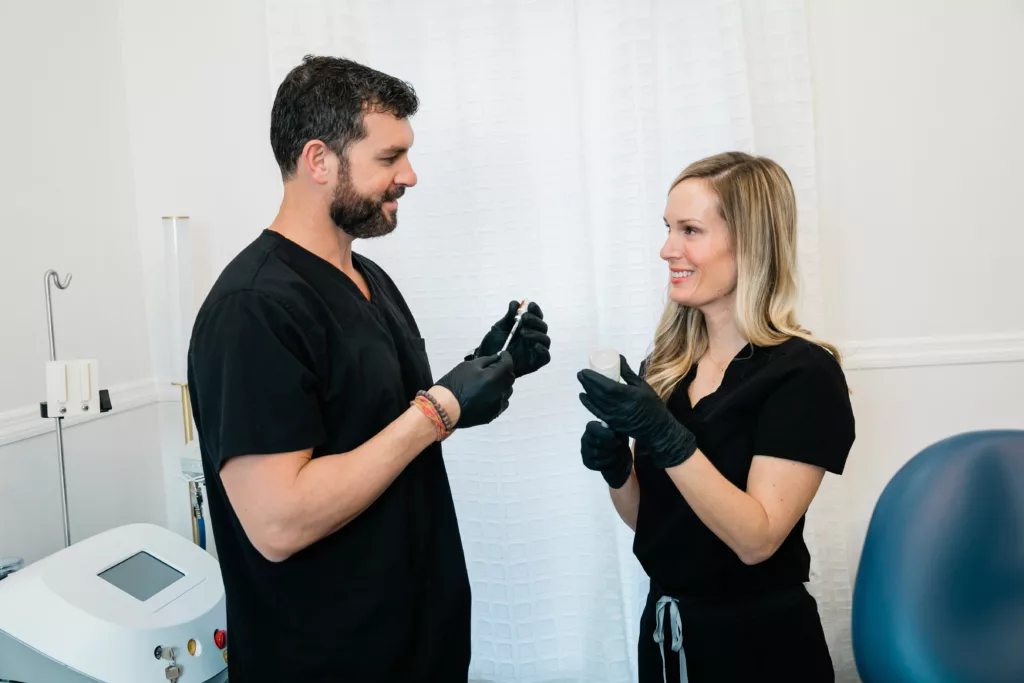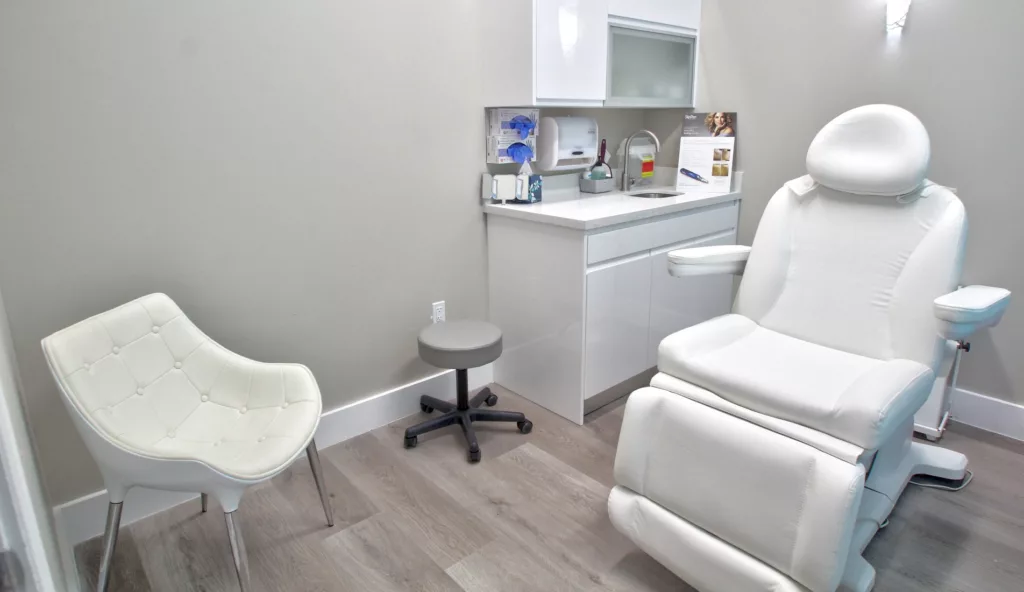For successful practitioners considering a transition, one question often rises above the rest: "How and when will I receive cash value from the sale of my practice?" While you've mastered your clinical expertise, the financial terminology and deal structures of practice transitions can feel like learning a new language. Let's break down what you need to know about valuation, equity, and payment timing.
Understanding Practice Equity
Before diving into sale structures, it's important to understand two key types of equity:
Practice-level equity represents ownership shares in your specific practice location. This option may appeal if you're confident in your practice's continued growth and plan to stay involved in operations.
DSO/MSO-level equity, on the other hand, gives you ownership across the entire organization's portfolio of practices. Think of it as diversifying your investment across many practices rather than concentrating it in one location. While this typically offers more security through diversification, it may mean less direct influence over your original practice.
Factors Affecting Your Practice's Value
Your practice's valuation isn't just about earnings multiples. Several key factors influence your final valuation:
- Strategic value of your location
- Practice longevity and history
- Online presence and reputation (including website quality and Google results)
- Practice transferability
- Relationship dynamics with potential buyers
- Operational efficiency
Four Common Sale Structures
When selling to a DSO or MSO, you'll typically encounter these sale structures:
- Traditional Sale with Holdback
- 75% cash at closing
- 25% earn-out based on future performance
- Best for sellers seeking a clean exit while maintaining some upside potential
- DSO/MSO Equity Sale
- 75-80% cash at closing
- 20-25% parent company equity
- Ideal for those interested in long-term organizational growth
- Joint Venture Model
- 60-70% cash at closing
- 30-40% practice-level equity retention
- Suitable for sellers wanting significant ongoing involvement
- Hybrid Structure
- 70% immediate cash
- 15% practice-level equity
- 15% DSO/MSO equity
- Offers balanced exposure to both local and organizational growth
Making Your Decision
Not every aspect of your sale structure will be within your control. Various factors about your practice's current state and market conditions will influence your options. However, you can make informed decisions about equity retention based on your entrepreneurial goals post-sale.
If you believe strongly in your practice's future potential and plan to stay involved, practice-level equity might be attractive. Alternatively, if you're looking for a more protected, diversified investment, DSO/MSO-level equity could be the better choice.
The key is aligning your sales structure with your personal and professional goals. Consider:
- Your desired level of future involvement
- Risk tolerance
- Immediate cash needs
- Long-term investment preferences
- Career aspirations
At Practice Transitions Group, we've found that successful transitions start with honest self-reflection. Understanding your current season of life, financial goals, and practice dynamics will guide you toward the most suitable sale structure. Whether you're actively planning your exit or simply exploring options, understanding these structures helps you make informed decisions about your practice's future.
Remember, transitioning your practice isn't just about getting the highest multiple - it's about structuring a deal that aligns with your long-term objectives and provides the liquidity you need when you need it.



